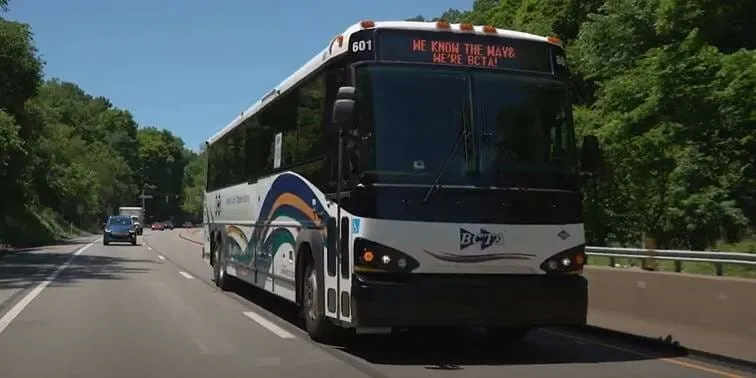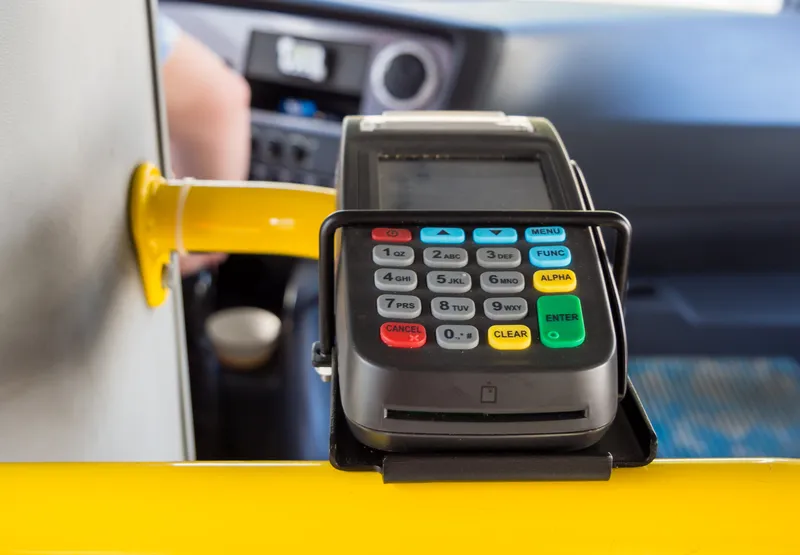Cubic Transportation Systems has delivered the on-time installation of its bus hardware subsystem (BHS) for the New York Metropolitan Transportation Authority MTA Bus Time, the authority’s customer information system for bus location and arrival times that will be accessible by passengers using an internet browser-based map, a mobile phone-based application and a text message-based service.
October 10, 2013
Read time: 1 min
Cubic completed the on 620 buses serving Manhattan, with almost half a million passengers daily, to support the Bus Time go live date of 7 October. As part of the BHS, Cubic has delivered its new mobile validator that will function as the on-board computer for the system.
By end of this year, Cubic will complete BHS installation on approximately 3,200 additional buses serving Brooklyn and Queens. The MTA awarded Cubic a contract for nearly US$27 million in February this year to support deployment across the three boroughs of Manhattan, Brooklyn and Queens.








